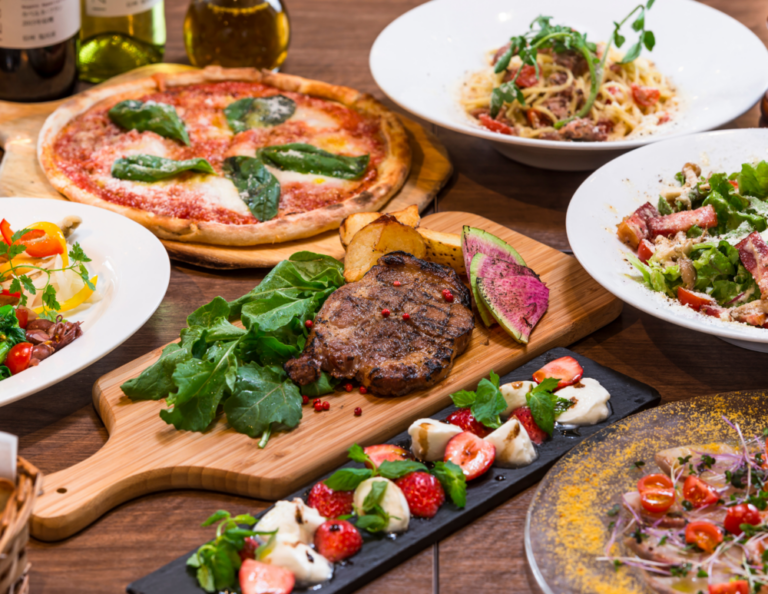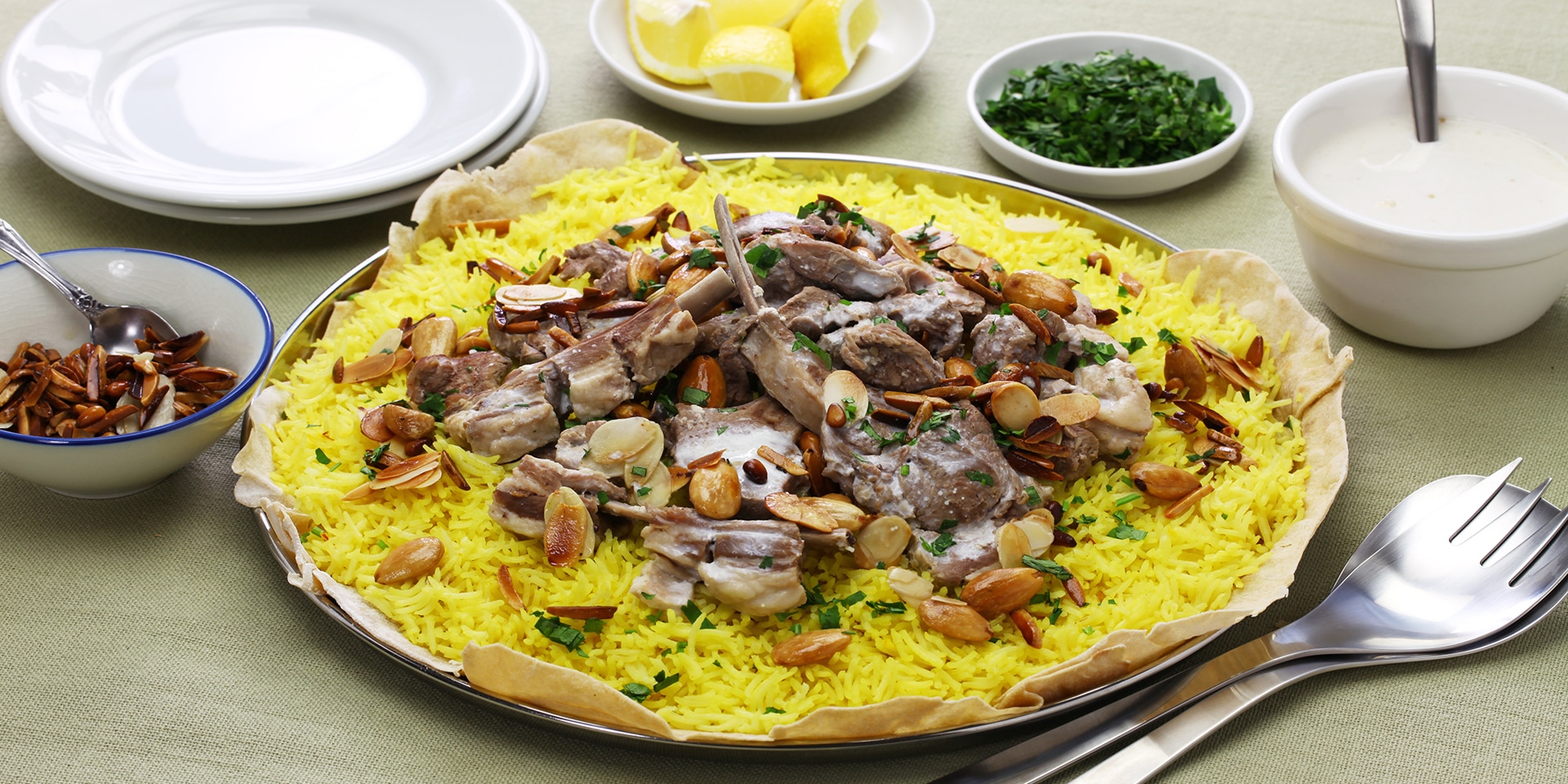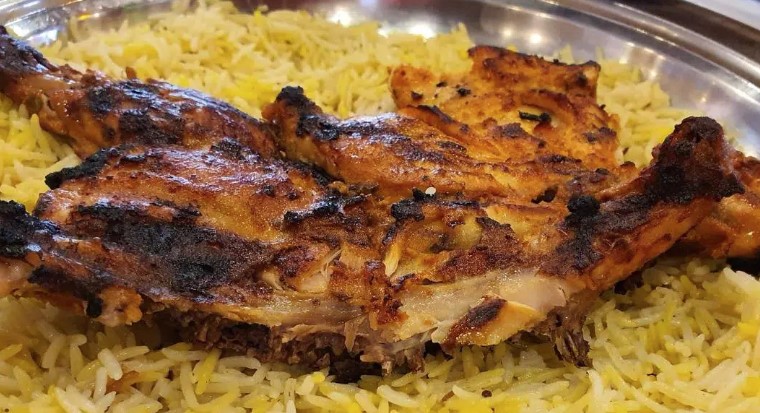Introduction: Italian Cuisine
Italian cuisine is one of the most popular and well-known cuisines in the world. It is characterized by its use of fresh, high-quality ingredients, simple yet flavorful preparations, and a strong emphasis on regional specialties. Italian cuisine has a long and rich history, dating back to ancient Rome, and has been shaped by the influences of various cultures over the centuries. Today, it is enjoyed by millions of people around the globe and remains an important part of Italy’s cultural identity.
Regional Specialties
Italian cuisine is highly regionalized, with each region having its own unique specialties and culinary traditions. For example, the cuisine of Tuscany is known for its use of simple, rustic ingredients such as beans, bread, and wine, while the cuisine of Sicily is known for its bold, spicy flavors and use of seafood. Other famous regional specialties include the risotto of Lombardy, the pesto of Liguria, and the pizza of Naples. These regional differences are a testament to Italy’s diverse regional cultures and the importance of local ingredients and traditions in Italian cuisine.
Famous Dishes and Ingredients
Some of the most famous dishes in Italian cuisine include pasta dishes such as spaghetti alla carbonara, lasagna, and fettuccine alfredo, as well as pizza, risotto, and various meat and seafood dishes. Italian cuisine is also known for its use of high-quality, fresh ingredients such as tomatoes, basil, olive oil, and garlic. Parmigiano-Reggiano cheese, prosciutto, and balsamic vinegar are also key ingredients in many Italian dishes. Italian cuisine is all about simplicity and freshness, with dishes often featuring only a few ingredients that are carefully selected and combined to create a harmonious and delicious flavor profile.
Pasta, Pizza, and Other Staples
Pasta and pizza are perhaps the most well-known staples of Italian cuisine. Homemade pasta is a common sight in Italian kitchens, and is often served simply with a sauce made from fresh tomatoes, garlic, and olive oil. Pizza, meanwhile, is a beloved dish around the world, and can be found in countless variations in Italian restaurants and pizzerias. Other staples of Italian cuisine include bread, which is often baked fresh daily and served with olive oil and balsamic vinegar, and various antipasti, or appetizers, such as bruschetta and caprese salad.
Italian Wine and Beverages
Italian cuisine is not complete without its wine and other beverages. Italy is one of the world’s largest wine producers and is known for its high-quality red and white wines. Some of the most famous Italian wines include Chianti, Barolo, and Brunello di Montalcino. Italy is also known for its espresso, which is often enjoyed after a meal, and for its aperitifs and digestifs such as Aperol, Campari, and limoncello.
Conclusion: The Legacy of Italian Cuisine
Italian cuisine is a true culinary legacy, shaped by centuries of tradition and influenced by a wide range of cultures and regional specialties. Its emphasis on fresh, high-quality ingredients, simple yet flavorful preparations, and strong regional identities has made it an enduring favorite among food lovers around the world. Whether you’re indulging in a plate of homemade pasta, savoring a slice of pizza, or simply enjoying a glass of Chianti, Italian cuisine offers a rich and diverse culinary experience that is cherished by many.










